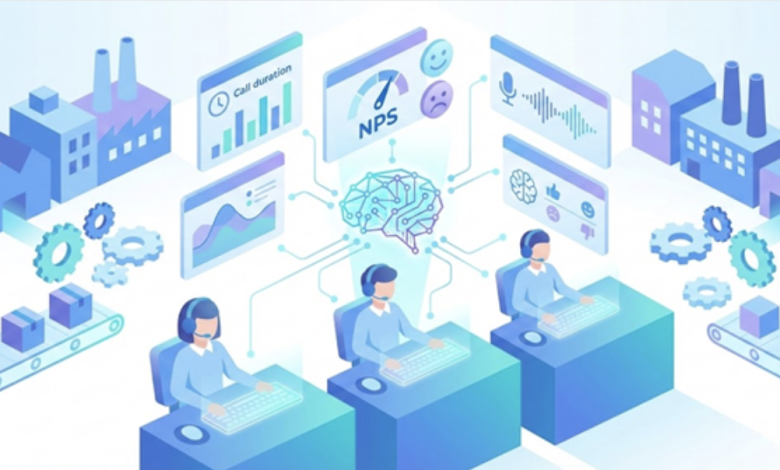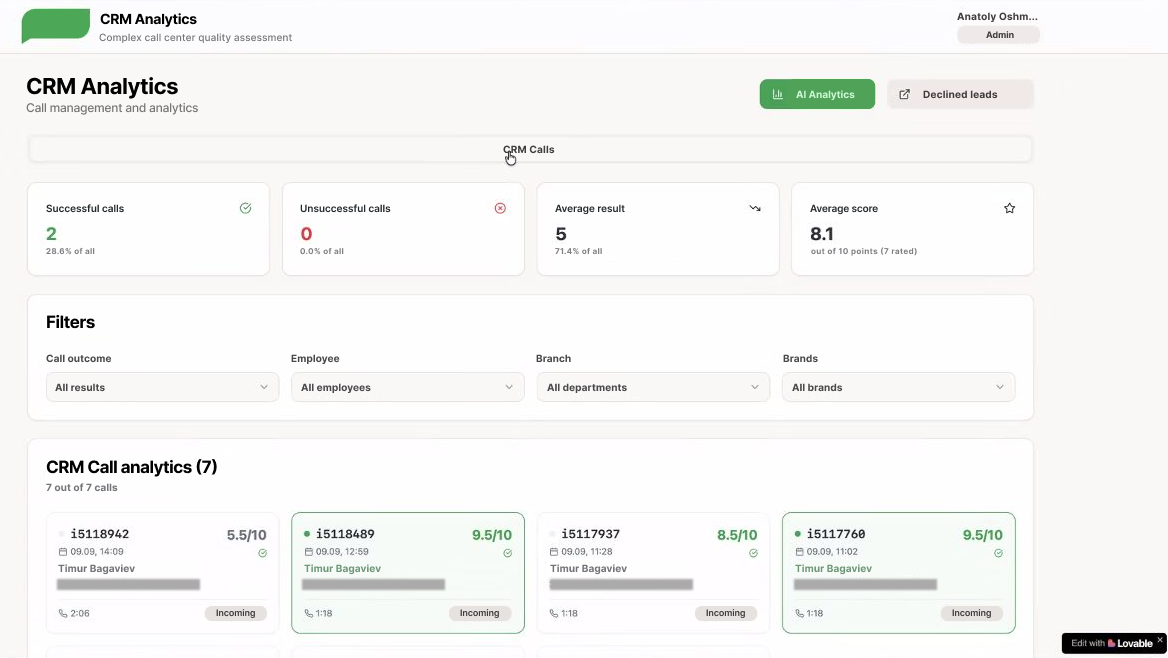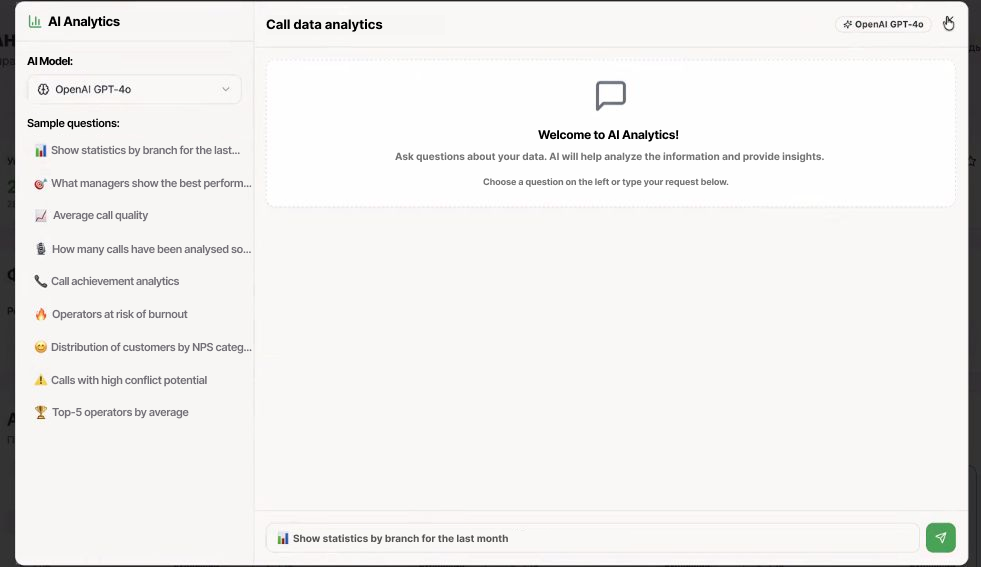
I’m Ilya Romanov, and my current obsession is AI in all its forms. To be brutally honest, I have previously fallen victim to, often ungrounded, hype around AI. To find my way straight to the actual business value behind AI, I interviewed a Chief Digital Officer Anatoly Oshmanovsky who oversees all things tech at a large window frame manufacturing company in the CIS. His first-hand experience is a very insightful read for managers out there planning on implementing AI in business operations, spiced with first-class automation and vibe-coding.
The Company and The Challenge
Anatoly’s company is a multi-brand business in a very competitive window frame manufacturing market in the CIS. Thanks to their dedication to innovation and open-mindedness, the company has been keeping the leading position in this saturated market for the past several years.
Anatoly proudly shares some fascinating facts about the manufacturer: it has been in business for 23 years and counts 2,000+ employees. Anatoly’s role is one of the leading positions, and he was quick to pick up the project of AI customer care assessment after an all-company AI training the C-suite ran.
And there were things to automate, Anatoly explained. Call center quality assessment was a predominantly manual process. Anatoly and the Call Center Director occasionally checked randomly selected call tracks to evaluate how efficient or inefficient operators were. The criteria were response time (3-5 seconds) and personal feedback, as objective as possible, on how productive a conversation was. Essentially, out of the monthly average 33,000 calls, the two managers could only evaluate a fraction of this amount.
The problem with this extremely limited approach was inadequate assessment, unscalable evaluation mechanisms and unavailable insights into bottlenecks of call center operations. For example, inefficient call center operators were nearly untraceable. Likewise, work loads, especially if placed unequally across staff, were also unmanageable. The bottom line was inability to present this data, however scarce, to the C-suite. In other words, the only measure of call center effectiveness was what these two people, Anatoly and his colleague, had heard in randomly selected call tracks.
Once the leadership introduced AI as a tool and invited team leads to propose and work on hands-on AI-powered solutions for their departments, Anatoly jumped to action. Call centers and clumsy evaluation operations around it needed a solution badly, and AI seemed to be the secret to effective scaling and massive assessment.
Solution Architecture
The company hired a contractor to build a solution for call center assessment. The project began with articulating specific objectives of introducing AI into their internal operations:
- reduce manual labor for listening to and evaluating calls;
- ensure objective assessment of operator and manager performance quality;
- obtain structured data about call objectives and outcomes;
- automatically identify problem areas: customer dissatisfaction, signs of operator burnout, conflict situations;
- visualize data in clear dashboards.
n8n is the foundation for the project, so the solution is self-hosted. The platform is hooked to the CRM and it activates transcription and analysis tools. Supabase is used to record and retain data. For automatic speech recognition, the speech recognition platform Deepgram is used via API. It ensures high quality speech recognition and is able to catch key terms set by the company (e.g. ‘anti-burglary hardware’ or ‘soundproofing’). For text analysis and sentiment recognition, the solution uses OpenAI GPT-4o which sort of listens to conversations, classifies clients according to NPS categories (Detractor, Passive, or Promoter), and identifies potential conflicts. In the end, it presents a summary and assessment conclusion for every call. The frontend is built with Lovable, which presents data and conclusions in dynamic dashboards with multiple filters, like operators, departments and brands. In essence, this approach—where automation is fine-tuned to the workflow and real-time needs, enabling a seamless transformation—reflects vibe coding.


Outcome
Having so far analyzed 7,000 calls, the team is excited with their tool’s full potential. The CRM analytics solution helps the brand see a better, more measured picture of call center performance, develop a multi-factor assessment framework and spot growth points of the department.
Call center performance is now measured against a number of criteria:
- following call stages gets an operator a maximum of 6 points (greeting, need identification, problem solving, and closing the dialogue);
- quality control gets an operator a maximum of 4 points (behavior of the operator and their conflict prevention skills);
- if a call gained over 8 points, it is considered a successful call. If it is graded anything below 8 points, this operator and this call may need additional support from management;
- on top of immediate call center feedback, this data is used for the sales team. For example, if calls concern services or products the company doesn’t offer, this means the sales need to adjust their messaging, so the target audience is corrected.
Time-wise, analyzing calls now takes far less time: 2-3 minutes of AI versus 10 minutes per call with human work. Thanks to automation, the department can run regular assessment rounds to address issues on time.
Future
Anatoly explains that, despite brilliant and promising call analytics, it may be early to provide any final feedback on AI performance. In particular, the team can’t tie AI performance to the bottom line yet. Still, Anatoly shares that the company is eager to introduce AI into multiple processes, especially in employee training. As a major player with dozens or products and services to offer, its employee training requires massive documentation. The plan is to AI-automate the process of information searching through a chatbot that will parse information and find key data for employers asking questions. Another idea is to compress training materials into complete test modules which present the training content in many formats (text, video, animation) and complete the course with comprehensive test questions.
Greater context
Niel Armostrong’s famous saying “That’s one small step for man, one giant leap for mankind” somewhat summarizes my feeling about this business case. The universal experience of AI automation in business is built with these real, hands-on trial-and-error use cases, where managers simply want to have solutions to operational challenges. I am convinced that Anatoly’s company will continue to be the leader in the market thanks to their systematic and gradual innovation. What’s the secret behind this step-by-step approach?
Reason #1: it’s the company-wide enthusiasm towards AI. There are two sides to this factor. On the one hand, the C-suite and the company owners authoritatively enforced AI adoption among departments because of their personal belief in the technology. Applied AI cited a 2024 study by Boston Consulting Group which revealed that 92% of C-suite executives of Fortune 1000 companies identify culture as the biggest hurdle to derive value from AI. This means that to incorporate the new into the existing, the initiative should come from the leaders. On the other hand, managers and team leads need to show interest, too, to drive innovation down to line managers and specialists, thus bringing on full-scale transformation. It is, in fact, far easier than you might think. Going back to the AI shadow economy that the MIT NANDA talked about, employees that are engaged in manual work see first-hand what and how much could be automated. AI adoption is possible when both the leaders and the managers listen to each other, fine-tune the common view on tech transformation and carry the change end-to-end.
Reason #2: It’s sensible, realistic expectations. The level-headed approach to AI that the brand adopted is reflected in McKinsey’s 2025 ‘State of AI’ and ‘Superagency in the workplace’. The research argues that employees are often more pragmatic and realistic about use of AI in their operations—far more so than the management often is. The brand smartly began with an AI training session where team leads were asked to develop an AI adoption project. Anatoly’s CRM analytics system was like a sandbox where his department tried AI at scale in real business processes. Essentially, the management lets the actual practitioners try AI and build a tool that fits their operations best. I can’t stress enough how healthy and really helpful it is for businesses to listen to their workers like this! The problem with that 95% fail rate in AI initiatives is that companies invested in AI outside of a close collaboration with the people who were supposed to benefit from it—fron-line employees.
Conclusion
The key takeaway from Anatoly’s experience is that transformations, like revolutions, often begin with small things. It is important to ground innovation in existing business operations and focus on tangible, practical solutions with fast feedback. Speaking of AI, it is not yet omnipotent, and it is perfectly OK that some initiatives don’t take off—or at least don’t take off as fast as you’d want. Yet a try, an open-minded shot you and your business may give to AI may well be the first step, however small, towards a scalable, sustainable, protected leading position in the market.
Short Bio:
Ilya Romanov is an entrepreneur and AI enthusiast with over 15 years of experience in marketing across industries such as travel, banking, e-commerce, crypto, and AI. This diverse background gives him deep insight into the nature of different businesses. In his writing, he focuses on how AI is applied in business and how it is transforming the world around us.





